Important Festivals Mahashivratri
Shivaratri is celebrated on the 6th night of the dark Phalgun (Feb or March) every year. On the auspicious day, devotees observe fast and keep vigil all night. Mahashivaratri marks the night when Lord Shiva performed the 'Tandava'. It is also believed that on this day Lord Shiva was married to Parvati Ma. On this day Shiva devotees observe fast and offer fruits, flowers and bel leaves on Shiva Linga. At our temple this festival celebrated with great spritualism. Rangbhari ( Aamlaki) Ekadashi Once, in the month of Phalguna (February - March), the holy fast of Amalakii Ekadasii arrived, conjoined with Dvadasi. This particular fast would bestow especially great benefit. Amalakii is offspring of Lord BrahmA, who can destroy all kinds of sinful reactions. Amalakii, is actually the form of Brahman, and was once worshiped by Lord Ramachandra Himself. Whoever circumambulates her is therefore immediately freed of all his sins. After having bath offered Amalakii tree a pot filled with water, as well as garland and aromatic incense. Then worship Lord Parashurama with these prayers: 'Oh Lord ParashurAma, Oh son of Renuka, Oh all-pleasing one, Oh liberator of the worlds, kindly come beneath this holy Amalakii tree and accept our humble obeisances.' If the Amarlaki tree isn't available then worship the sacred Tulasi tree. Also plant the sacred Tulasi seeds, and offer lamps to her.
Annakoot
Annakoot is celebrated in observance of the episode in Sri Krishna's childhood, in which He gave protection to the cowherd clan of Vrindavan from the wrath of Indra and humbled Indra in that process. The cowherds, their wives, children and cattle jubilantly surrounded Sri Krishna. They were awed by His superhuman accomplishment and celebrated Sri Krishna's feat with a sumptuous feast. Thus began the tradition of Annakoot. After the prayers, traditional worship & Aarti, innumerable varieties of delicious sweets/ all cookings / 56 bhogs were ceremoniously raised in the form of a mountain before the deity as "Bhog" and after Lord had it full , now it was citizens turn to approach the Mountain of Food and take Prasad from it. It was a Great Feast for residents of Goverdhan & they all enjoyed it thoroughly
Makar Shakranti
Makar Sankranti is one of the most auspicious day for the Hindus, and is celebrated in almost all parts of the country in myriad cultural forms, with great devotion, fervor & gaiety. Lakhs of people take a dip in places like Ganga Sagar & Prayag and pray to Lord Sun. It is celebrated with pomp in southern parts of the country as Pongal, and in Punjab is celebrated as Lohri & Maghi. Gujarati's not only look reverentially up to the sun, but also offer thousands of their colorful oblations in the form of beautiful kites all over the skyline. They may be trying to reach upto their glorious God or bring about greater proximity with the one who represents the best. It is a day for which Bhishma Pitamah kept waiting to leave his mortal coil.
Makar Sankranti is the day when the glorious Sun-God of Hindus begins its ascendancy and entry into the Northern Hemisphere. Sun for the Hindus stands for Pratyaksha-Brahman - the manifest God, who symbolizes, the one, non-dual, self-effulgent, glorious divinity blessing one & all tirelessly. Sun is the one who transcends time and also the one who rotates the proverbial Wheel of Time. The famous Gayatri Mantra, which is chanted everyday by every faithful Hindu, is directed to Sun God to bless them with intelligence & wisdom. Sun not only represents God but also stands for an embodiment of knowledge & wisdom. Lord Krishna reveals in Gita that this manifested divinity was his first disciple, and we all know it to be indeed a worthy one too. No Sundays for the Sun, may be because one who revels in its very 'being', the very essence of his own Self, is always in the Sunday mood.
The co-relation of cosmic events with individual life and values is one of the most astounding traits of Hindu Masters. Once this co-relation is brought about thereafter these cosmic events become instrumental to remind us the best which we cherish & value. Of all the cosmic bodies Sun is the most glorious & important, thus every sun-centric cosmic event became very important spiritual, religious & cultural events. On Makar Sankranti day the Sun begins its ascendancy and journey into the Northern Hemisphere, and thus it signifies an event wherein the Gods seem to remind their children that 'Tamaso Ma Jyotir Gamaya'. May you go higher & higher - to more & more Light and never to darkness.
Shrawan Maah
Shrawan Maah is highly auspicious month for the lord Shiva devotees. Special decoration is been done on every Monday of the month. On first Monday of the month lord Shiva's decoration is being performed, on second Monday lord Bhagwa Shankar and mother Parvati's moveable statues are being decorated. On third and fourth Monday , shri Ardhyanarishwar and Shri Rudrakshay , decoration is being performed respectively. The whole month of Shrawan Maah is celebrated with great enthusiasm, it is highly auspicious as every member of Lord Shiva's family are decorated and special 'Jhoola Sringar' is being performed.
Akshya Tritiiya
Akshya Tritiiya is considered one of the four most auspicious days of the Vedic Calendar. It is the third day of the new moon of Vaishakh month (April-May).
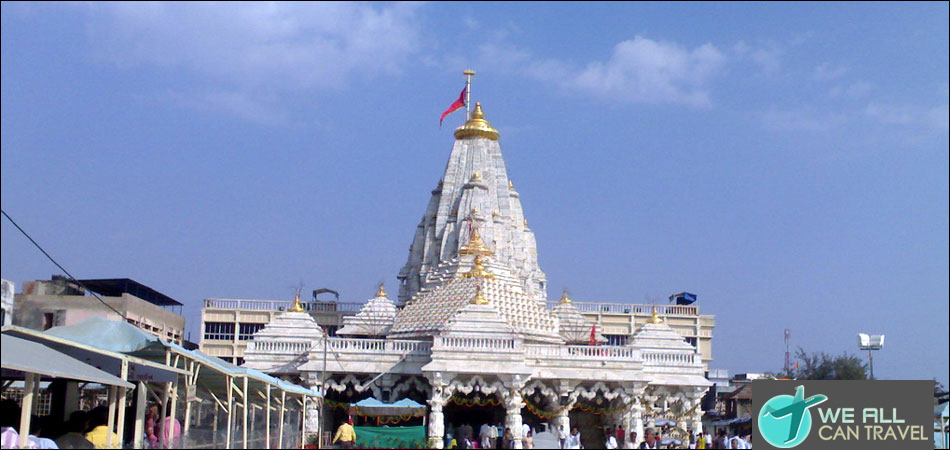 >> Ambaji Temple
>> Ambaji Temple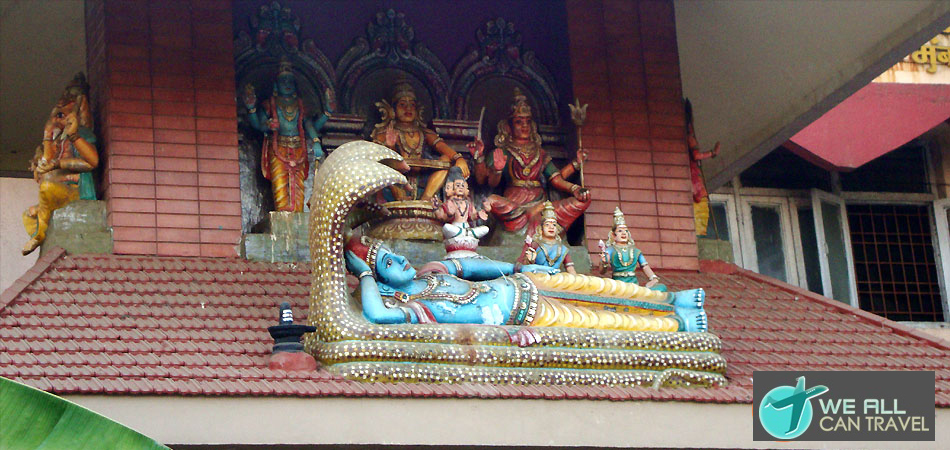 >> Ayyappa Seva Samgham
>> Ayyappa Seva Samgham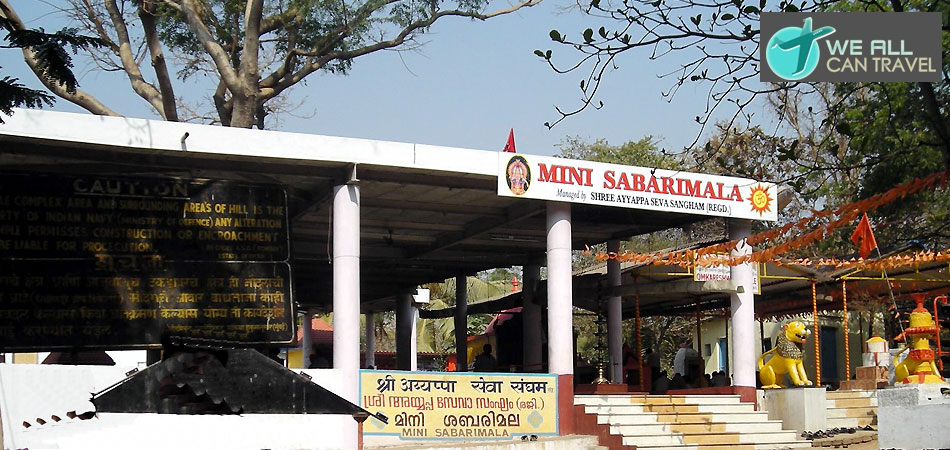 >> Mini Sabarimala Ayyappa Temple
>> Mini Sabarimala Ayyappa Temple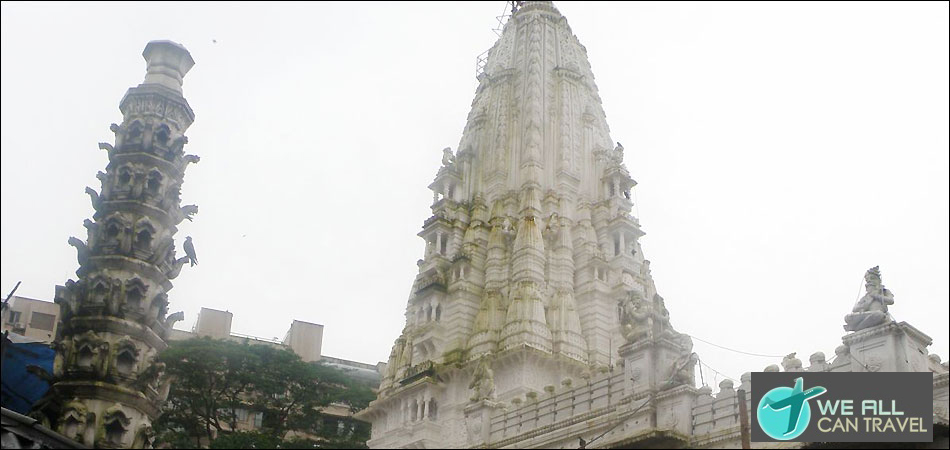 >> Babulnath Temple
>> Babulnath Temple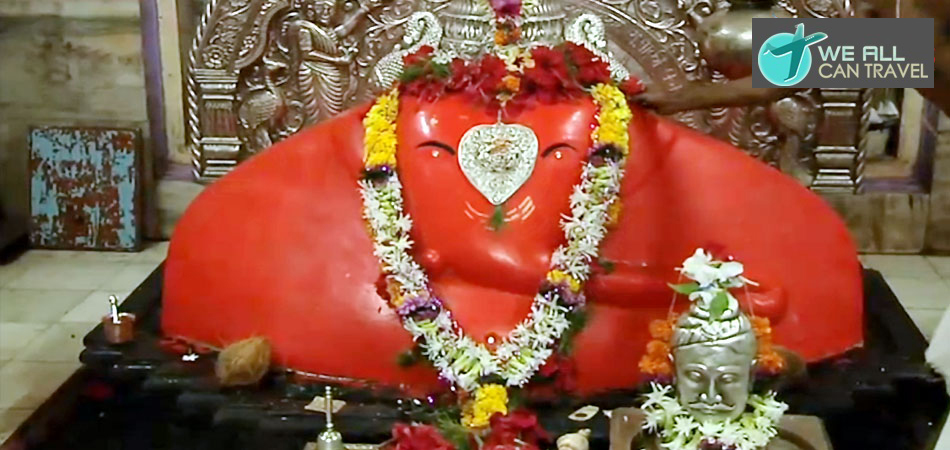 >> Ballaleshwar Ashtavinayak Temple
>> Ballaleshwar Ashtavinayak Temple